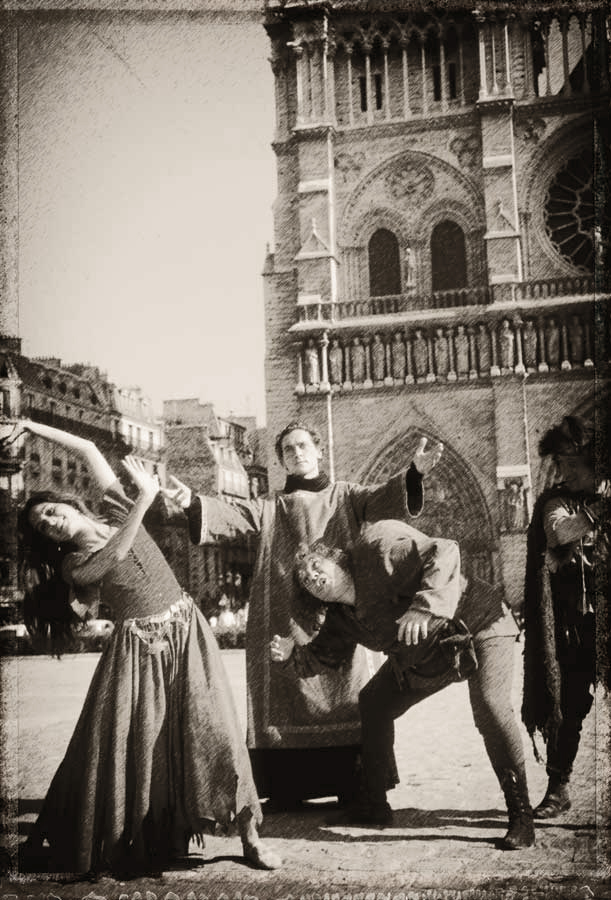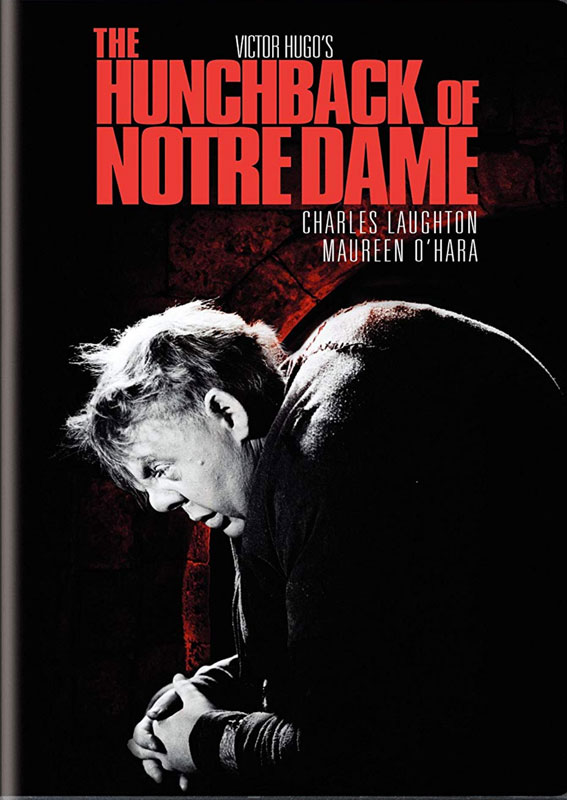Today’s Post by Joe Farace
Pictorialism, an approach to photography that emphasizes beauty of subject matter, tonality, and composition rather than the documentation of reality.
 If you’re a regular reader of this blog, you know that I’ve always been a fan of the Pictorialist school of photography, even though in these times this genre seen as archaic and passé.
If you’re a regular reader of this blog, you know that I’ve always been a fan of the Pictorialist school of photography, even though in these times this genre seen as archaic and passé.
My Early Influences
As a young photographer I was greatly influenced by the work of a local Maryland pictorialist, Edward L, Bafford (1902-1981,) and was lucky enough to be able to take a 13-week hands-on class with him back in the late seventies. I was also influenced by the eccentric work of William Mortensen (1897-1965.) I own several of his classic books on photography technique but not his masterwork Monsters and Madonnas because copies of this book are too expensive in even the most affordable versions. You can read my review of the modern reprint of Mortensen’s landmark 1937 book on photographic composition, The Command to Look by clicking on its title. Sadly it appears that this once affordable reprint, when new, has achieved collector (expensive) status, Maybe you can find it at your local library. It’s another one of my favorite photography books that I’ve written about before in one of my Joe;s Book Club posts.
Mortensen’s approach to photographic composition is built around three rules and in the book he expands each of them into corollaries, sub-rules and concepts. If you’re curious, here are his three basic rules:
- The picture must, by it’s mere arrangement, make you look at it
- Having looked—see!
- Having seen—enjoy!
You’ll need to read the book to get into all the subtext he provides for these main point, although my review may offer some hints.
How I Made this Photograph
For today’s featured photograph, I’m not really sure if I obeyed any of Mortensen’s compositional rules or suggestions. It is one of a few quick photographs that I originally shot on film many years ago in Paris, just outside the Cathédrale Notre-Dame de Paris (before the fire.) The image features several street performers wearing costumes that are related to the Victor Hugo’s French gothic novel Hunchback of Notre Dame. It was made using a Nikon FM (or maybe an FE2, no EXIF) and my go-to (at the time) lens the underrated Nikkor 43-86mm f/3.5 lens on Ektachrome slide film. Exposure unrecorded.
My photograph of “the hunchback” seemed like the kind of classic story telling photograph Bill Mortensen would have made back in the 1930’s and inspired me to digitally apply some of his traditional darkroom techniques. To do that I applied some of the filters that are built into Photoshop along with toning from PhotoKit and edge effects from software that have long since gone unsupported.
 Details on creating a slightly different version of this image can be found in Chapter 7 of my book Creative Digital Monochrome Effects but I’ll be glad to email anyone interested the text of that technique if requested via the CONTACT tab at no cost.
Details on creating a slightly different version of this image can be found in Chapter 7 of my book Creative Digital Monochrome Effects but I’ll be glad to email anyone interested the text of that technique if requested via the CONTACT tab at no cost.
For another take on Hunchback of Notre Dame and be able to see the visual poetry of Joseph H. August’s cinematography, you should stream or pick up a copy of the 1939 film version of the book starring Charles Laughton; it’s my favorite of the many versions of this story that are or were available.
My book Creative Digital Monochrome Effects is available from Amazon with new copies at $11.46 with used copies starting at a little more than six bucks, as I write this. There’s no Kindle version available, sorry.
